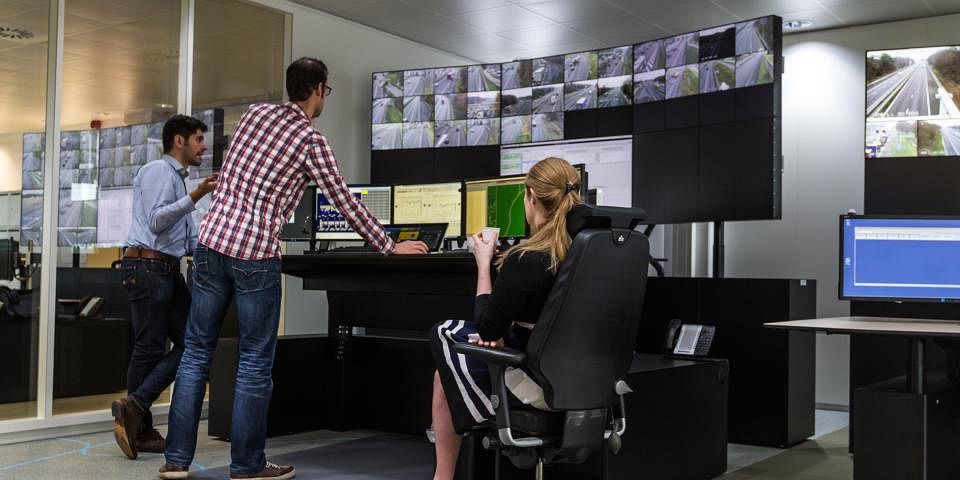TU Delft, TNO and the Ministry of Infrastructure and Environment signed an agreement last week. They pledged to develop an open simulation tool to test the effects of information services on traffic flows.
More online information on traffic flows become available, and more mobility services (such as park apps and speed consultants) hit the market. But what is their impact on the local accessibility and the road safety? A new simulation tool, called SimSmartMobility, will be developed to test the impact of information services on traffic. The first prototype is expected by the end of this year.
Professor Hans van Lint (from the Faculty of Civil Engineering and Geosciences) explained: “What makes SimSmartMobility unique is that it is based on scientific research on driving and traveling behaviour. The effects of Smart Mobility, deploying information and communication technology for mobility solutions, are largely unknown. New knowledge will automatically be embedded in a format that road authorities and the industry can use. That is a fantastic leap forward and the collaboration is unique in the world.”
Leo Kusters MSc from TNO said: “The simulation tool allows varying the number of people using traffic information services and the number following advice. This feature thus makes it possible to calculate the effect of variations in adherence on traffic.”
Marja van Strien from the ministry program Connecting Mobility expected the simulation tool to provide better insights into the effect of traffic information services on CO2-emissions, road security, and accessibility. This information will support authorities in forming their policies and making investments.
The first demonstrations of the SimSmartMobility tool will be presented in the dedicated laboratory environment called De Innovatiecentrale by the end of 2016.
Download report on SimSmartMobility (in Dutch)



Comments are closed.